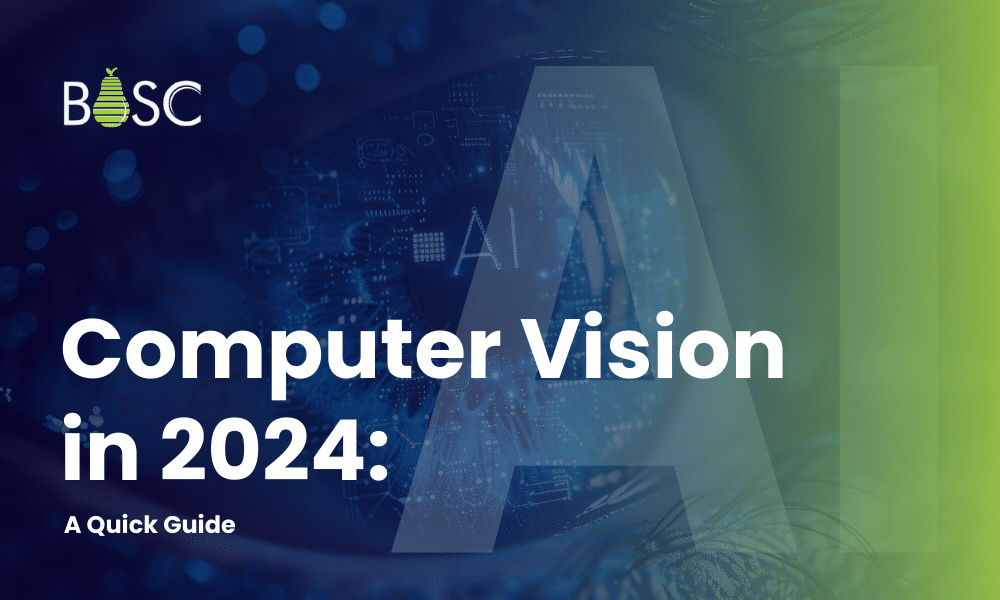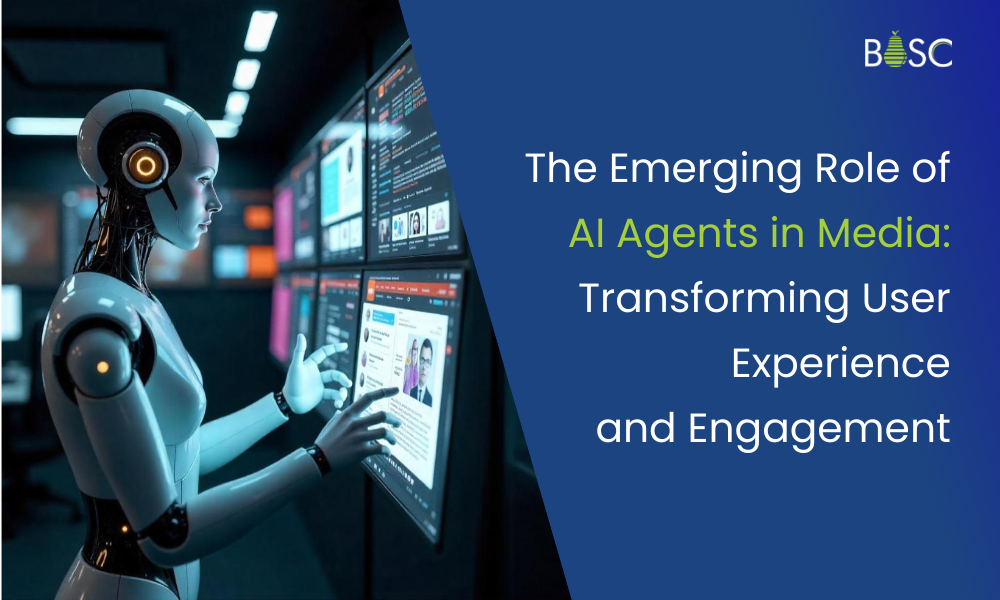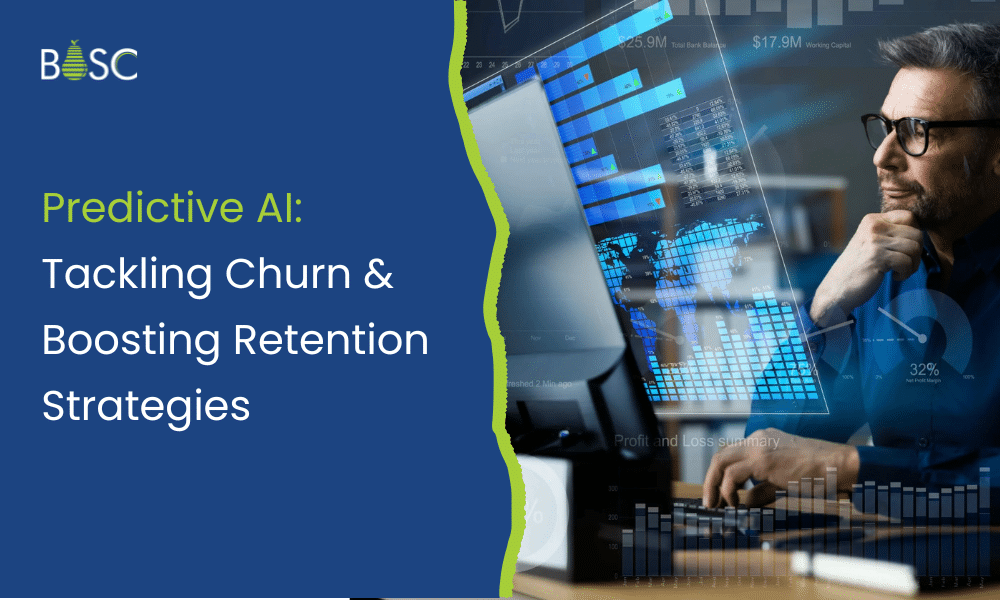This blog will cover what computer vision is, the algorithms used, different sets of computer vision development techniques, and more.
Computer vision is a process through which the computer processes and extracts visual data from images, videos, and more. In comparison to humans, computers have a harder time processing visual data. For the best in computer vision development services, visit www.bosctechlabs.com.
While it is easy for humans to perceive visual data by relying on memories and initial experiences, computers cannot. To perceive visual data, computers use artificial intelligence (AI), parallel computing, machine learning (ML), and deep learning (DL). These advanced technologies had limited capacity until AI blew up the market this year.
Not only did it work like an extension to humans but it managed to surpass them in tests related to scanning and labeling objects.
Last year, the global computer vision market size was valued at USD 20.31 billion in 2023 and has been forecasted to grow from USD 25.41 billion in 2024 to USD 175.72 billion by 2032.
The Evolution of Computer Vision
Before deep learning, computer vision could perform tasks so limited that they needed lots of manpower. For example, if we wanted to conduct facial recognition then we needed to follow the following steps:
Database Storage:
Keep a database that would hold all the faces of the matters we are required to track.
Image annotation:
Save the features of images such as the distance between the nose and lips, eye length, length of the face, and more, which are distinctive for an individual.
Apply discoveries to a new bunch of images:
Repetition of picture annotation for a batch of new images and compare the distinctive markers.
Not only does the ML allow us to recognize computer vision errors, but it is also able to address them. They’ve got programs called “features” that can process specific image designs. Creating or selecting a preconstructed algorithmic rule and preparing it with instances of the faces of humans it should identify is what is needed to craft a face recognition app operating with deep learning.In 2024, knowing about computer vision is vital. Partner with a top computer vision development company.
As mentioned above, the way a computer perceives an image is different from that of humans. Instead of examining the whole image at once, the computer diverges it into pixels and utilizes the RGB values per pixel to apprehend if the picture includes important features.
CV algorithms examine one pixel at a time and utilize a grain or filter that includes pixel multiplication codes for edge identification of objects. The computer can identify and distinguish the image by observing all aspects of it such as colors, shadows, and line drawings.
Today, we utilize convolutional neural networks (CNNs) for modeling and conditioning. CNNs are fine neural networks, specifically created for pixel processing data and utilized for image recognition and processing. The convolutional layer comprehends neurons and tensors. The job of CNNs is to process extensive sets of information by comprehending to modifying their values to match elements that are important for determining different classes. This is done by broadly conditioning the model.
What is Computer Vision used for?
Computer vision is one of the spaces in ML where core ideas are already being incorporated into a large number of products that we use in day-to-day life.
Computer Vision in Self-driving Vehicles
Tech companies aren’t the sole beneficiaries of machine learning for image applications. It has also taken self-driving cars by storm.
Computer vision helps self-driving cars get a clear picture of the surroundings. Computer vision is used in which video from different angles are fed to it, which processes the images in real-time to detect traffic signs, other cars, objects, and pedestrians on the road. With the assistance of computer vision, a self-driving car can now self-drive without hitting any objects and other vehicles.
Computer Vision In Facial Recognition
CV is another key area in facial recognition applications, the technology allows the computer to align images of human faces to their identities. This technology is used in consumer devices, social media apps, and law enforcement to detect faces and match their identities.
Computer Vision in AR & Mixed Reality
Computer vision has a crucial role in augmented and mixed reality, it allows computing machines such as smartphones, smart glasses, and tablets to overlay and ingrain virtual objects into real-world imagery. CV’s algorithms enable AR apps to identify surfaces such as tabletops, walls, and floors, a crucial side of specifying depth and proportions and establishing virtual things in the real world.
Computer Vision In Healthcare
Computer vision has advanced rapidly in the health-tech sector. Its programming can assist with automotive tasks such as identifying cancerous moles in the skin images or detecting symptoms in X-rays and MRI scans.
Types of Computer Vision Techniques
Computer vision techniques are several methods and programs focused on extracting significant data from images and videos. Following are a few common types of computer vision techniques:
1. Object Recognition/Detection:
We are now going to proceed and take image recognition one step ahead. Take an image with multiple objects in it, let’s say, a picture with a cat and a dog in it. With objects being separate from each other, object recognition will label each individual.
2. Image Classification/Recognition:
Image classification enables computer systems to accurately forecast the class of any given image.
Example: A picture of a dog will be classified by the computer as “girl”.
3. Object Tracking:
The task of object recognition is to identify objects in a single frame whereas, object tracking maintains the identity of objects in real-time as they move in a video. This allows computers to examine and comprehend the movement and demeanor of objects in live video streams.
Also Read: Enterprise AI: Definition, Components, and Use Cases
4. Image Segmentation:
Image segmentation includes an image into several meaningful segments based on similar factors such as color or texture. Image segmentation is important in medical imaging for pinpointing and outlining several anatomical structures and oddities within the body in MRI or CT scans.
5. Keypoint/Landmark Detection:
As the name suggests, this technique includes identifying landmarks within a picture with visual significance. These specific key points function as a reference marker for devices to examine real-time content.
6. Depth Perception:
It allows computer systems to comprehend the depth or distance of the object from a reference point in the image. Depth perception allows these devices to perceive the objects in 3D representation by judging the relative distance of the objects. It is accomplished by blended abilities of depth sensors, stereo vision, and more.
7. 3D Reconstruction:
The 3D representation is a model of an object from a 2D or a series of pictures. The 3D can be described as a digital model of the building crafted by an architectural company for renovation via drone images.
Explore Computer Vision
Explore The Full Guide To Master Computer Vision In 2024.
Get Started Now!
The Future that Computer Vision Will Lead
Even though computer vision has progressed in today’s era, we still have a long way to go to reach its full potential. However, there are several healthcare institutions and firms that have sought ways to integrate computer vision systems, powered by CNNs, to real-time problems. Not only does it make everything practically easier, but it also makes everything much safer and more efficient. This trend of computer vision is likely to soar in the coming years, bringing new possibilities for change.
Some common challenges in computer vision include:
- Identifying what’s in a picture (image classification)
- Finding specific objects in a picture (object detection)
- Breaking down a picture into its different parts (image segmentation)
Computer vision is used in many areas, such as:
- Facial recognition technology
- Analyzing medical images
- Self-driving cars
- Smart video analysis
Today, computer vision systems can even outperform human vision!








